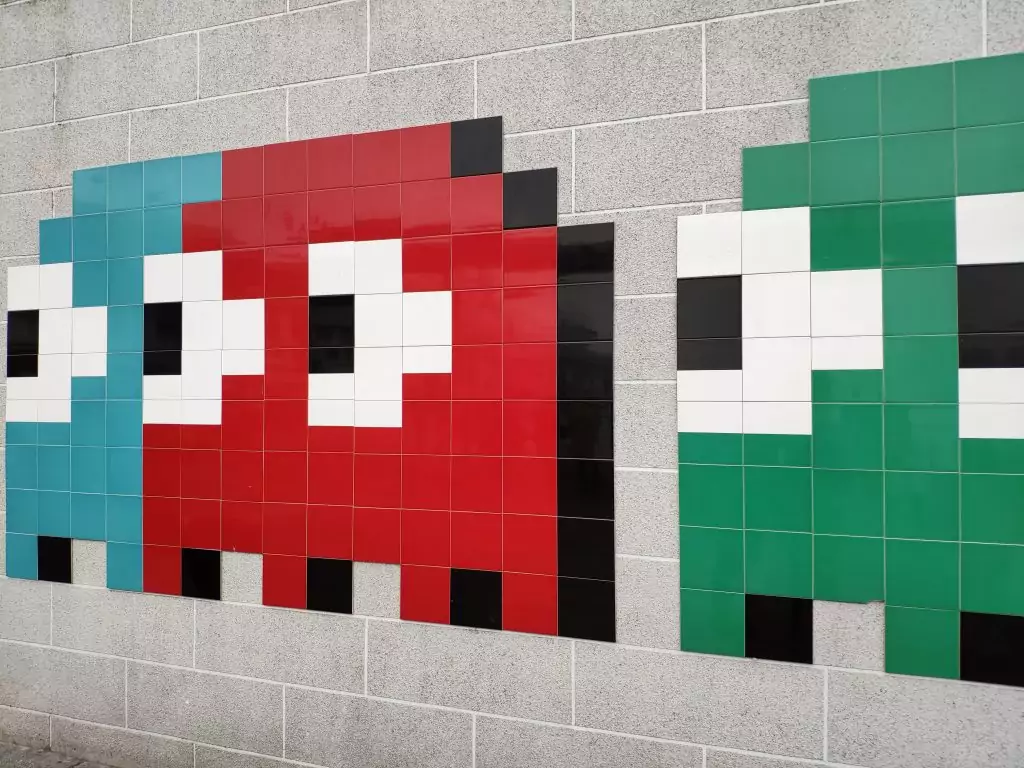It’s Not All Fun and Games: The Top Gamification Mistakes

Gamification is a buzz word in today’s eLearning and corporate training, but it can really go beyond being trendy. When done correctly, gamification can increase the effectiveness of your eLearning materials, and ensure you’re getting the best possible return on your investment.

But what happens when your gamification goes wrong?
Consider these mistakes—some of the most common made in terms of gamification—and ensure you’re not guilty of sabotaging your training, inadvertently.
A Lack of Definitive Goals
Gamification is meant to be a fun way to educate and train your employees, and of course you want it to have an element of enjoyment, but at the same time, often employers become so focused on that sense of fun that they forget the ultimate goal of gamification in eLearning is just that—learning.
Before you create gamification, define your goals clearly and explicitly, and ensure these are goals that are also going to be obvious to your employees.
If they become so wrapped up in the actual game element that they’re unable to see the bigger picture of what it is they’re meant to learn, you’ve simply spent your time and energy on something that isn’t going to be worthwhile.
When you’re adding gamification to your eLearning, never lose sight of your subject matter, and don’t design it in such a way that your employees will either.
Meaningless Rewards
The primary way gamification works so well for training is the sense of reward and accomplishment you’re able to provide to your employees. This becomes lost when there’s too many available rewards within your game design.
Gamification needs to make your employees feel like they’ve accomplished something, and that sense of accomplishment is what’s going to help them most effectively learn, so keep rewards big, meaningful and challenging to achieve, rather than creating a game with lots of little, meaningless rewards.
Too Much Frustration
Gamification can work extremely well for eLearning training because of the sense of emotion and excitement it evokes, but there’s a fine line between creating gamification that’s challenging and then creating something that’s too difficult or that becomes frustrating.
When learners get frustrated, they’re going to stop being engaged in the content or give up altogether.
Make sure you set attainable and realistic goals with your eLearning gamification, and instead of focusing on long-term competition, make competitions smaller, and on a shorter time scale. The reason for this is that it gives all of your employees a chance to rise to the top, rather than forcing the same employees to the bottom of the scoreboard week after week, which is likely to happen in a long-term competition.
Overly Focused on Individual Competition
Individual competition is a great motivating factor in gamification, but so is collaborative competition. Try to combine elements of both individual and collaborative competition in your gamification because it will keep employees engaged on multiple levels, and also foster a sense of teamwork within the workplace.
A Lack of Performance Tracking
This is a huge issue in not just the use of gamification, but a majority of employee training programs. If you’re not tracking the impact your gamification is having on employee performance, how will you know whether or not it’s working?
Before you create any gamification within your eLearning, define clear and measurable goals you can assess throughout your employees’ game-playing. Otherwise, you’re simply encouraging them to take a fun break for work that may have no real impact on your workplace. It’s a good idea to measure both short and long-term results that stem from your gamification, and this will also help you determine if your strategy is working, or if you need to shift it.